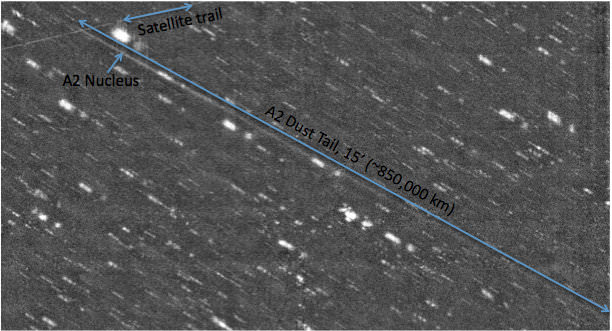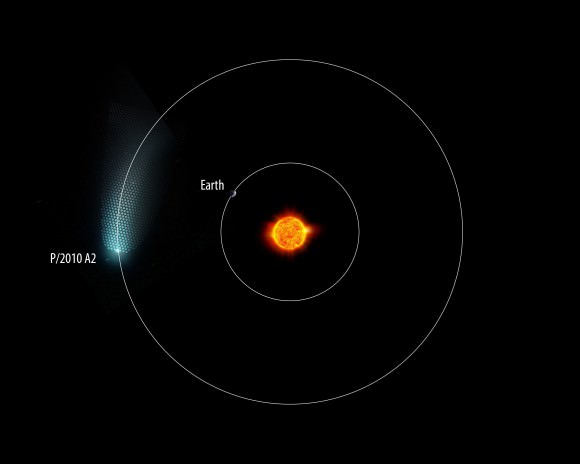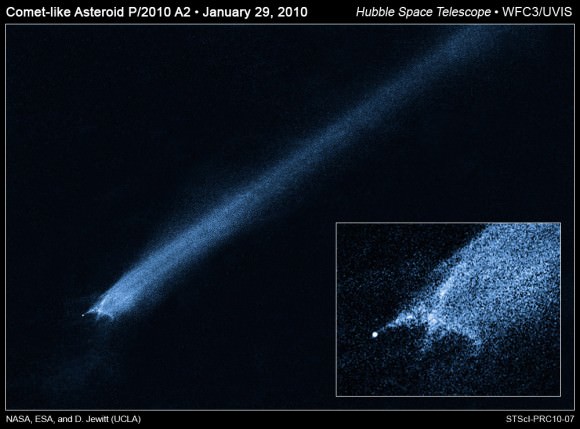Watching the Olympics recently and the amazing effort of the hammer throwers was a wonderful demonstration of the radial velocity method that astronomers use to detect exoplanets. As the hammer spins around the athlete, their body and head bobs back and forth as the weight from the hammer tugs upon them. In the same way we can detect the wobble of a star from the gravity of planets in orbit. Local variations in the stars can add noise to the data but a team of researchers have been studying the Sun to help next-generation telescopes detect more Earth-like planets.
Continue reading “By Watching the Sun, Astronomers are Learning More about Exoplanets”Enjoy the Holiday-Themed Christmas Tree Cluster

Just in time for the holidays, a new composite image of the Christmas Tree Cluster (NGC 2264) has been released. This image is a group effort: the blue and white stars in the cluster giving off X-rays are seen by Chandra, while the faint green nebula was imaged by the WIYN 0.9-meter telescope on Kitt Peak.
Continue reading “Enjoy the Holiday-Themed Christmas Tree Cluster”Crashed Asteroid Has a Tail that Keeps Getting Longer

A strange comet-like object discovered in 2010 ended up being an asteroid that had been the victim of a head-on collision from another space rock. The object created a bit of buzz because of its mysterious X-shaped debris pattern and long, trailing streamers of dust. Named P/2010 A2 (LINEAR), the object is located in the asteroid belt between Mars and Jupiter, and has been the focus of much study, including images taken by the Hubble Space Telescope and many ground-based observatories. But over time, the asteroid’s long dust tail has grown to be so long that the entire object can’t fit into the field of view of most observatories.
“Here, we are watching the death of an asteroid,” said Jayadev Rajagopal, a scientist at the WIYN (Wisconsin Indiana at Yale NOAO) Telescope, speaking today at the American Astronomical Society meeting in Indianapolis, Indiana. “We know of dozens of asteroids this has happened to in the past, but this is the only one showing us the event as it is happening.”

Using the new wide-field camera at the WIYN 3.5 meter telescope, Rajagopal and his team have found that the peculiar asteroid P/2010 A2’s tail is much longer than was previously supposed. The tail is about a million kilometers long, roughly three times the distance from the Earth to the Moon. The new One Degree Imager (ODI) can currently image an area of the sky about the size of the full moon: a future upgrade will increase the size of the field to about four times as large.
“Three and a half years after the initial disruption, and almost a full orbit around the Sun, the tail is still visible and growing,” said Rajagopal. “One of the reasons it is so long is that radiation pressure and gravity are stretching out the tail. It will progressively grow and sweep out into the ecliptic.”
He added that imaging the full extent of the tail will help pin down the total mass in the dust tail, as well as helping to determine the size of dust particles.

Asteroid collisions are thought to be a commonplace occurrence, and are responsible for kicking up dust in our Solar System and probably other planetary systems, too. Just how much dust is produced, and how frequent the collisions happen is still a hazy topic. But the observations of P/2010 A2 are helping astronomers to better model this phenomenon. By figuring out how much dust is produced by the process of ‘collisional grinding,’ astronomers can better model the dusty debris disks of other planetary systems, as well as our own.
“This object is giving us insight into the interplay between asteroids and debris disks,” Rajagopal said. “How much dust do objects like this contribute to our zodiacal dust disk to keep it replenished? This dust must be constantly replenished because it is constantly being destroyed by radiation. The very unusual tail of this active asteroid will help us pin down the mass of the tail, and in a broader context, help us understand how asteroids brought organics and other materials into the inner planets.”
Rajagopal also said this the tail of Asteroid P/2010 A2 is a meteor stream in the making. “It will eventually sweep into the Earth’s orbit and give us a meteorite stream, sending some meteorites our way, maybe a million years from now.”
More info and images: WIYN

